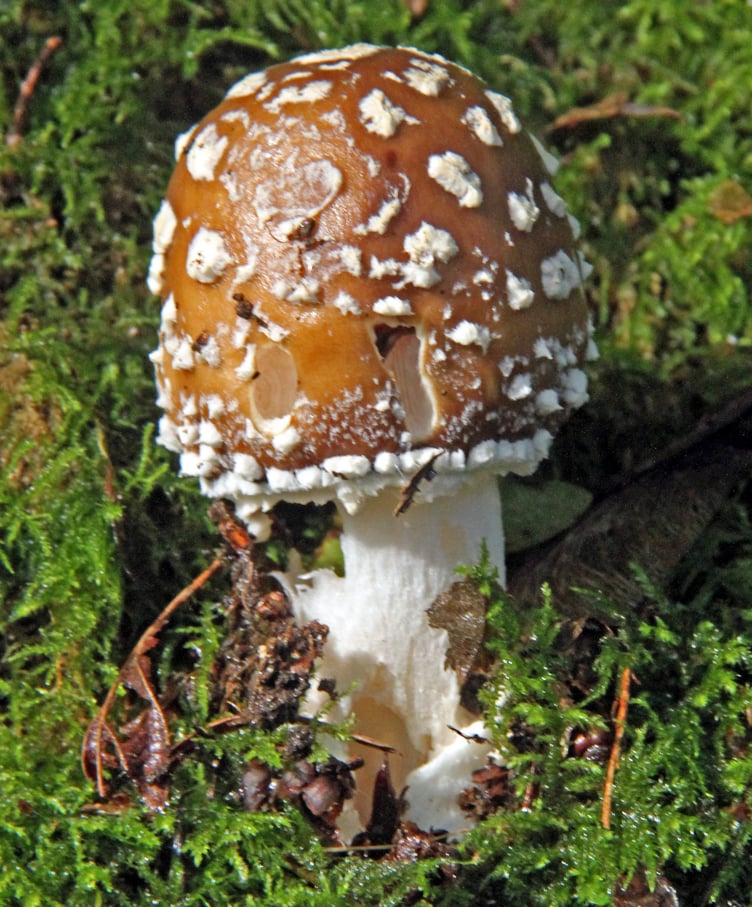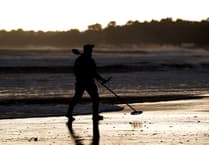IT must be two years since we visited Golitha Falls so a few weeks ago we went over there for coffee.
Then we walked along the woodland path down to the falls.
The first thing we saw down in the woods was a number of fences that have been erected since we last visited, making it awkward to actually walk right beside the River Fowey.
When we eventually got down to the falls, almost every rocky part of the river, making up the falls, had a fallen tree on it.
There were several notices saying that the new fences were only temporary and, once the proposed work leading to the falls was completed, they would be removed.
We both had a laugh when we read a large coloured map, on a post, that pointed out the names of places in the surrounding area, we were surprised to see a place called ‘Doublebars’ in the place where Doublebois should be.
So we turned our visit into a fungus foray as there were literally thousands of mushrooms growing on the base of trees and on rotten tree stumps.
As far as I could tell, the majority of them were Laccaria laccata mushrooms, of which there were dozens, and as they are variable in appearance, they have earned the common name Deceiver.
We also saw many of its cousin, the Laccaria amethystea, commonly called the Amethyst deceiver as it has deep purple colouring.
Also in abundance were pale yellow Sulphur tufts growing in clusters on dead tree stumps and buried roots.
This extremely common mushroom can be seen for most of the year in woods and even in our garden where there used to be a Sycamore tree.
Along the edges of the pathway beside the river were groups of Earth balls.
These look a bit like Puffballs but have a very scaly skin, and like the many varieties of puffballs, they break open when ripe and millions of spores are ‘puffed’ out when touched by large rain drops or passing small animals.
Growing in the soil at the foot of an ivy- covered Oak tree trunk were some Wood Bluets. These had light brown caps, that were lilac at first and were about 50mm across with a blue/lilac stem. Gills are blueish lilac fading to buff.
We came across a group of False Chanterelles growing among the twigs and leaf litter.
They have the same funnel shape of real, much sought after Chanterelles, but their caps are more yellow/orange rather than just plain yellow, but unlike the genuine ones, they are poisonous and should be looked at and then left alone.
A word of warning! Never, ever pick and eat a wild mushroom unless you are 110% sure what the fungus is called and that it is safe to eat.





Comments
This article has no comments yet. Be the first to leave a comment.